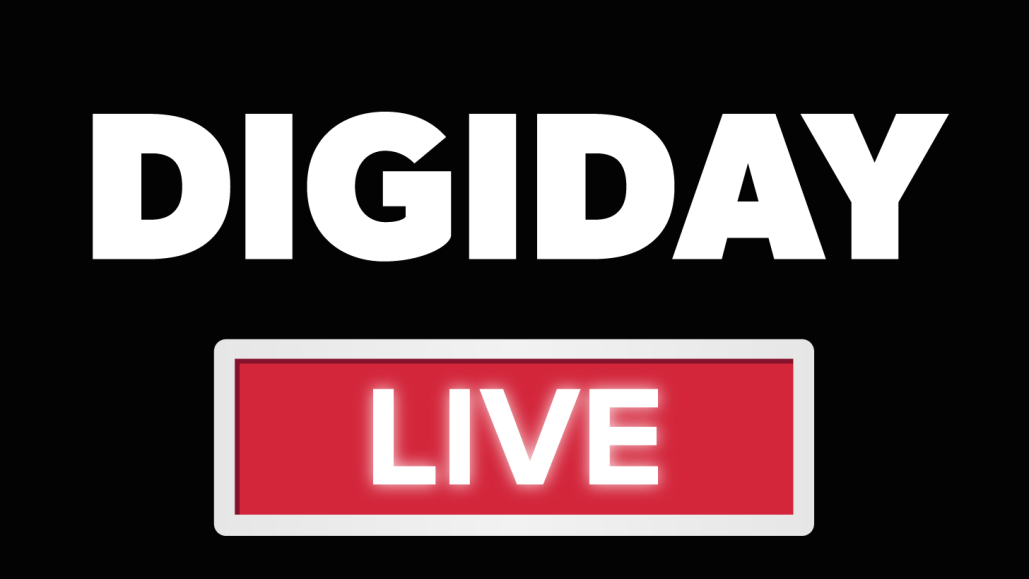Washington Post CRO Jed Hartman: For brands, ‘politics is the new pop culture’

Subscribe: iTunes | Stitcher | RSS
Political news may be driving subscriptions and engagement for publishers in the Trump era, but advertisers remain skittish around buying space next to political news.
But Jed Hartman, CRO of the Washington Post is confident that it’s just a matter of time until brands find the right space for their messages: “News isn’t toxic for advertising. Some news is toxic for some advertisers.” And as a huge news publisher, he is confident that the Post can provide the right environment for every brand.
He joined Digiday’s senior editor, Lucia Moses, at the Digiday Publishing Summit in Vail, Colorado for a discussion on how to make the ad model work for everyone.
Edited highlights below.
Look for the right advertisers.
“We have a team that focuses on advocacy advertising, who are looking for serious policy conversations. A lot of it, of course, includes Trump. He’s the president of the United States, and marketers do buy that directly at high CPMs. Not all news is right for all advertisers. 20 percent of our content we create is politics, the other 80 percent is not. So we can always find a safe place for a marketer.”
Politics is the new pop culture.
“Everyone was surprised by the election. Marketers are developing their campaigns based on a certain news environment. A lot of marketers paused and thought about what their message was going to be because they were surprised. From the ad side, politics is the pop culture now. You go into a sports bar and there is Fox or MSNBC or CNN [going on the TV]. It’s pop culture. The Washington Post is not a wonky magazine, we’re a scaled news player in the world in terms of digital scale. If a marketer wants a scaled safe environment, the Post and some of our competitors is a good place for that.”
Content matters.
“It’s OK to say not all news makes sense for all ad messages. If we said it didn’t matter, that means the content that you’re next to doesn’t matter. We want content to matter. Death and destruction, which we also report on, may not be the right message for a brand that wants to pay a big CPM. However, there are other marketers that want to sell something, where perhaps the CPM isn’t this high, and we can monetize it through programmatic channel regardless.”
Publishers need to stay away from binaries.
“Are you gonna be big or are you gonna be engaging? Are you gonna sell advertising or are you going to sell subscriptions? Beware the tyranny of “or”. It’s an “and.” We have consistently had more page views and therefore, we’re more engaging. We like where are, and we won’t trade that for other opportunities.”
More in Media

Media Briefing: Publishers who bet on events and franchises this year are reaping the rewards
Tentpole events and franchises are helping publishers lock in advertising revenue.

With Firefly Image 3, Adobe aims to integrate more AI tools for various apps
New tools let people make images in seconds, create image backgrounds, replacing parts of an image and use reference images to create with AI.

Publishers revamp their newsletter offerings to engage audiences amid threat of AI and declining referral traffic
Publishers like Axios, Eater, the Guardian, theSkimm and Snopes are either growing or revamping their newsletter offerings to engage audiences as a wave of generative AI advancements increases the need for original content and referral traffic declines push publishers to find alternative ways to reach readers.








